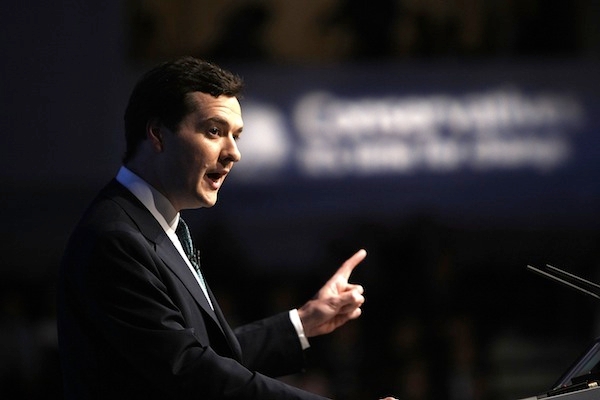The Death Tax has risen again. The government estimates that its proposals for social care funding will cost the Treasury £1 billion a year. That will be met through a combination of not compensating government departments for the higher National Insurance contributions they will have to pay under the new single-tier state pension and freezing the level at which inheritance tax kicks in at £325,000 until 2019 – the source of the ‘death tax’ accusations today.
Freezing the inheritance tax threshold
The inheritance tax threshold (or ‘nil-rate band’) is the amount of an estate that is not taxed. It rose in both cash- and real-terms throughout the Labour years, but in 2009 Alistair Darling decided to freeze it at £325,000 for 2010-11. And in his final budget in March 2010, Darling decided that it should stay frozen until 2014-15.
George Osborne did not change those plans, but in his 2011 budget he said it would rise in line with CPI inflation from 2015-16 onwards. Then in his autumn statement two months ago he decided it should rise by only 1 per cent in 2015-16 instead. Before today’s announcement, the threshold would have risen to around £350,000 in 2018-19. But now, the government has chosen to keep it at £325,000 until then.
The real-terms effect of today’s announcement is to lower the threshold by about £20,000 (6.7 per cent) in today’s money by 2019. All of the measures together will mean that the threshold will be about £60,000 (17.5 per cent) lower in 2019 than it was in 2009-10, in today’s money.
According to HMRC, a £5,000 rise in the threshold saves about £50 million, so this £20,000 real-terms rise should save around £200 million. That agrees with the government’s claim that 20 per cent of the £1 billion social care cost is being met through the inheritance tax rise and 80 per cent through the National Insurance changes (which are effectively extra departmental cuts of around £800 million).
BUT Darling effectively doubled the threshold for married couples
In order to counter the Tory proposal to raise the threshold to £1 million, Darling used his 2007 pre-budget report to make the tax-free allowance transferable between spouses or civil partners. This means that, if someone leaves their estate to their spouse (and therefore doesn’t pay inheritance tax on it), the spouse then has a tax-free allowance of £650,000, rather than £325,000. In 2019, this doubled allowance will still be worth about £250,000 (76 per cent) more, in today’s prices, than the allowance was before Darling made it transferable in 2007.
Inheritance tax affects very few people
Of the roughly 560,000 deaths in 2009-10, inheritance tax was paid on the estates of just 14,600 — or 2.6 per cent.
And tax was paid on just 4,700 estates worth between £325,000 and £500,000 — each of which paid about £27,000 on average. In fact, 68 per cent of inheritance tax receipts came from estates worth £1 million or more.
The 14,600 estates that did pay inheritance tax were, on average, worth £875,000 (including £329,000 in residential property, £253,000 in securities and £190,000 in cash) and paid, on average, £163,000 — an effective tax rate of just under 19 per cent.






Comments